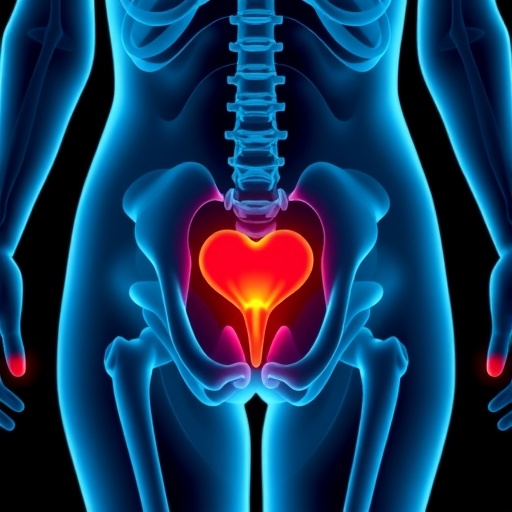June 15, 2017 — Adult marijuana use rose significantly in states that passed loosely regulated medical marijuana laws (MMLs) according to a new study by Columbia University's Mailman School of Public Health and Columbia University Medical Center. Highest increases were reported among adults ages 26 and over. Little change was found in past-month marijuana use among adolescents or young adults between the ages 18 and 25. The findings are published online in the journal Addiction.
Adults 26 years of age and older living in states with less regulated medical marijuana programs increased past-month marijuana use from 4 percent to 6.59 percent after the laws were enacted. No significant change was found in the prevalence of cannabis use disorder among adolescents or adults after states enacted medical marijuana laws, regardless whether programs were highly regulated or "loose."
Using data from the National Survey of Drug Use and Health from 2004-2013 the researchers analyzed trends over time with particular emphasis on age groups. This included obtaining prevalences of marijuana use outcomes at the state level by year and whether the enacted laws included a highly regulated ("medicalized") or less regulated ("non-medical") program. Participants were classified as having marijuana abuse or dependence based on DSM-IV criteria.
"In addition to the increase in rates of marijuana use among this age group, we found that the magnitude of impact on rates of marijuana use was greatest among heavy users," said Silvia Martins, MD, PhD, professor of Epidemiology at the Mailman School of Public Health, and senior author. Findings showed an annual increase in near-daily users of 2.36 percent.
There remains concern that with the increase in prevalence of marijuana use, especially heavy use, there will be a proportionate increase in the percent of the population meeting diagnostic criteria for cannabis use disorder. "If this is the case, states with non-medical or lax programs may bear the brunt of this increase, especially among adults over age 25," noted Arthur Robin Williams, MD, fellow, Department of Psychiatry at Columbia, and first author of the study.
However, it may be too early to detect trends regarding the prevalence of cannabis use disorder as the time lag between initiation of marijuana use, escalation of use, and meeting diagnostic criteria for the disorder is often several years.
"We believe our current, largely negative findings however cannot definitely rule out impending increases in cannabis use disorder without further study. The effects of changes in marijuana use prevalences might only be reflected with analyses conducted in future years with more data points," said Dr. Martins.
As of the November 2016 election, 28 states and Washington D.C. had legalized the use of marijuana for medical indications through the passage of medical marijuana laws either by voter initiative or legislative action. Additionally, 8 states and Washington D.C. (all of which allow for medical marijuana) have now fully legalized the recreational use of marijuana by adults over age 21. In addition to differing combinations of these laws, states also vary tremendously in regulations guiding their programs and participant eligibility.
Drs. Martins and Williams recommend further investigation of key aspects of regulation that are currently lacking among non-medical programs. These include active physician oversight, requiring participation in state-licensed dispensaries, and the use of state-licensed products as they may have greater influence on individual morbidity and social costs than the mere passage of medical marijuana laws.
"While the United States has entered a new era of marijuana control policy over the past two decades, our findings strongly suggest researchers should not treat all states with medical marijuana laws uniformly," said Dr. Martins.
###
Co-authors: Julian Santaella-Tenorio and Christine Mauro of Columbia University's Mailman School of Public Health and Frances Levin of Columbia University Medical Center.
The study was supported by the National Institute on Drug Abuse (NIDA) grants R01DA037866 and T32 DA007294.
Columbia University's Mailman School of Public Health
Founded in 1922, Columbia University's Mailman School of Public Health pursues an agenda of research, education, and service to address the critical and complex public health issues affecting New Yorkers, the nation and the world. The Mailman School is the third largest recipient of NIH grants among schools of public health. Its over 450 multi-disciplinary faculty members work in more than 100 countries around the world, addressing such issues as preventing infectious and chronic diseases, environmental health, maternal and child health, health policy, climate change & health, and public health preparedness. It is a leader in public health education with over 1,300 graduate students from more than 40 nations pursuing a variety of master's and doctoral degree programs. The Mailman School is also home to numerous world-renowned research centers including ICAP and the Center for Infection and Immunity. For more information, please visit http://www.mailman.columbia.edu.
Media Contact
Stephanie Berger
[email protected]
212-305-4372
@ColumbiaMSPH
http://www.mailman.hs.columbia.edu
############
Story Source: Materials provided by Scienmag




